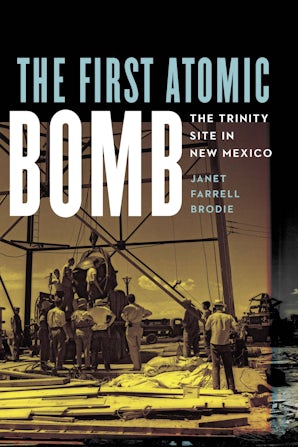"Methodically researched and expertly written, this book is a welcome addition to the historiography of the atomic bomb and its use."—J. Bourboun, Choice
“From the economics of eminent domain to the politics of historic preservation, environmental despoliation, and public health, Janet Farrell Brodie’s deeply researched, thoroughly compelling, and powerfully human history of the Trinity site should be read by everyone interested in the American West and the nuclear age.”—David M. Wrobel, author of America’s West: A History, 1890–1950
“Janet Farrell Brodie deftly weaves a ‘bottom up’ narrative into what is largely seen as a ‘top-down,’ tightly controlled military history. Her correct framing of Trinity as the first atomic experience reminds the reader of the intersection between local and global histories. . . . Clear, engaging, and substantive.”—Natale A. Zappia, author of Raiders and Traders: The Indigenous World of the Colorado Basin, 1540–1859
